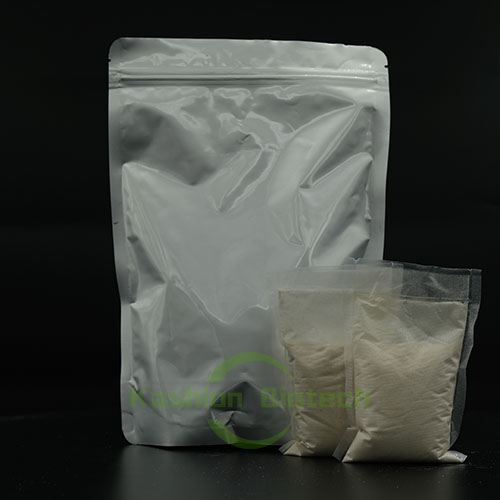
Home Products Sewage Treatment Bacteria Petrochemical Wastewater Treatment Coal Chemical Wastewater Treatment Bacte
1. Sources of Coal Chemical Wastewater
(1) The water vapor formed by the precipitation of combined water and the condensed water formed by the primary condenser when the moisture of the coking coal and the coal material are thermally cracked;
(2) Washing wastewater produced in the process of gas purification;
(3) Recover the water vapor generated in the process of processing by-products such as tar and benzene, among which the ammonia nitrogen-containing wastewater generated in the nitrogen distillation process is the main pollution source.
2. Wastewater treatment methods
Biological method is the main method of coal chemical wastewater treatment, and its treatment process can be summarized into the following three processes:
Pretreatment, biochemical treatment, advanced treatment.
Preprocessing:
It mainly includes oil removal, dephenolization, nitrogen distillation, removal of SS (primary sedimentation tank, coagulation sedimentation tank) and toxic and harmful or refractory organic matter (desulfurization, cyanide breaking, advanced oxidation pretreatment, etc.).
Biochemical treatment:
Biochemical treatment mainly includes A/O, A²/O, SBR, UASB, etc. or some new processes. In each process, the reactor design parameters and bacterial species have a great influence on the treatment effect.
Deep processing:
After biological treatment, some non-biodegradable organic matter remains in the wastewater, making it difficult for the cod or chromaticity of the effluent to reach the standard, so follow-up treatment is necessary. Generally, there are coagulation, adsorption, advanced oxidation, membrane technology, etc.

Name: Nicole Yu
Mobile:+86 17718148007
Tel:+86 17718148007
Whatsapp:8617718148007
Email:sales@kashionbiotech.com
Add:No.6, Zhanxi Road, Yaohai District, Hefei City, Anhui Province, China.